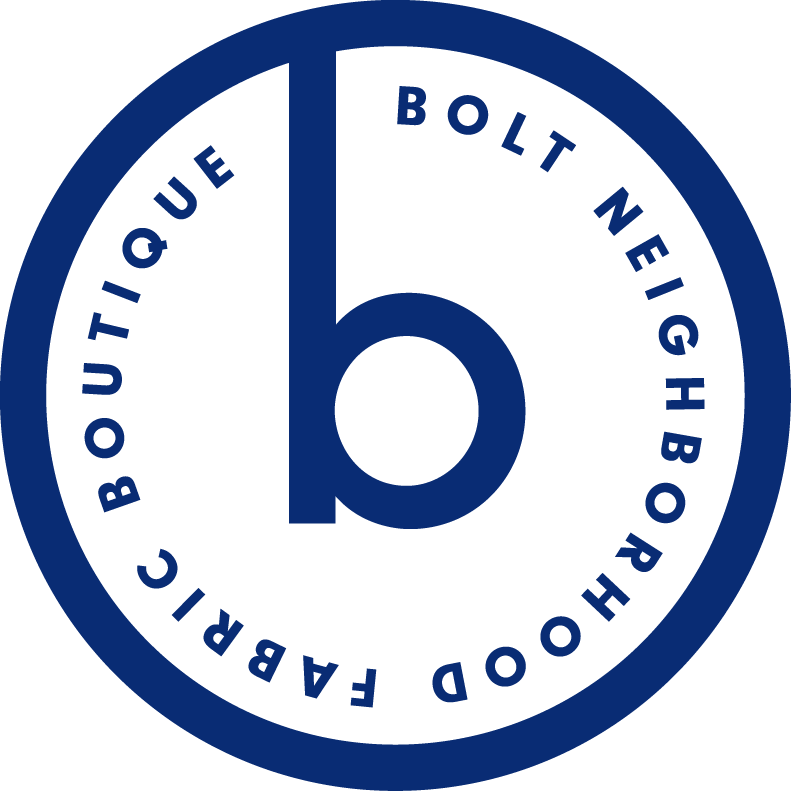Sustainable Fashion Explained, PART 1
By Julie.
In the ever-expanding world of sewing and fiber arts, it can be hard to keep up with industry standards and textile production jargon. Over the course of the past several years, we have been able to source and stock more and more fabrics that have been lauded as “sustainable,” but our community wants to know - What makes a fiber sustainable? Are certain substrates more sustainable than others? How do certifying bodies like GOTS and OEKO-TEX come into play?
Over the next few months, we’ll be seeking to answer those questions, beginning with an in-depth look at two relevant certifications - OEKO-TEX Standard 100 and GOTS Organic:
What does OEKO-TEX mean, and what is Standard 100? What does GOTS Organic mean?
How are the producers certified OEKO-TEX Standard 100 or GOTS Organic?
What’s included in the testing for OEKO-TEX Standard 100 and GOTS Organic?
How do I know if a fabric is OEKO-TEX Standard 100 certified or GOTS Organic?
We will be exploring specific textiles and the sustainability of their production (if applicable):
All About Bamboo
Hardy Hemp & Lovely Linen
The Low-Down on Cotton
Animal Fibers - Wool and Silk
Stretch! What About Spandex?
Along the way, we’ll try to highlight American producers where we can, and weigh in on the pervasive question of how to sew sustainably with our own thoughts. Finally, we’ll finish the series with a look at the most sustainable sewing we can do - mending the clothes we have - and laundering our textiles responsibly.
GOTS a question you’d like answered? (Sorry, couldn’t resist.) Comment below and stay tuned!

